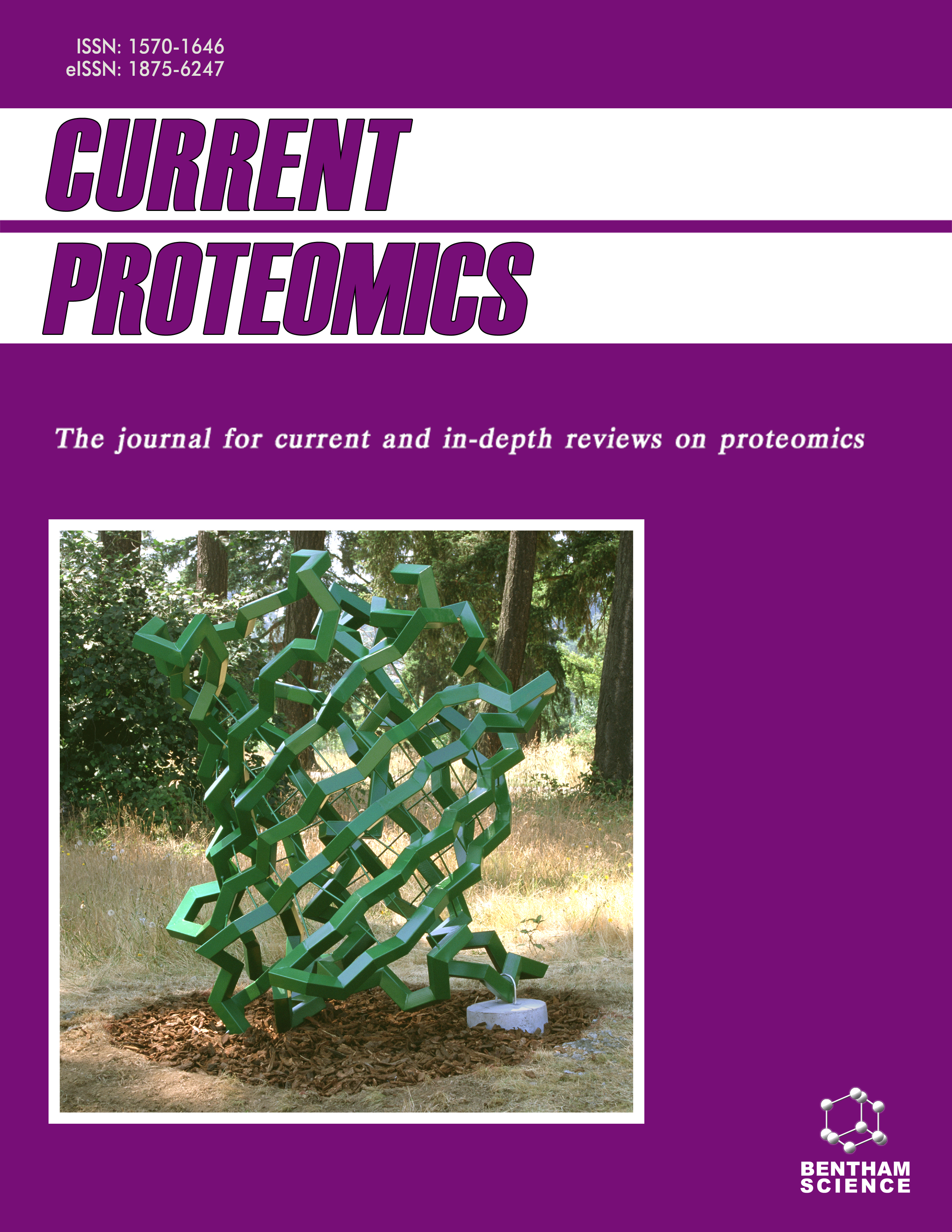-
oa Editorial: Nanofluidics and Microfluidics: Novel Approaches in Biomedical Science
- Source: Current Proteomics, Volume 11, Issue 2, Jul 2014, p. 79 - 79
-
- 01 Jul 2014
- Previous Article
- Table of Contents
- Next Article
Abstract
Nano and microfluids displaying biomedical properties open new perspectives for the development of new alternatives to traditional therapies, to destroy malign cells and microbes or to modulate their activity. Despite the relevance of this field, until now, very few reports highlight the potential of nano and microfluids in antimicrobial tactics, for handling microbial resistance and for the prevention and eradication of microbial biofilms. This motivates the purpose of this special issue of Current Proteomics to summarize current research involving bio-active molecules in the fabrication of nanofluids and microfluids as novel tools to tackle the current challenges in preventing, treating and controlling infectious diseases. Wang et al., give an overview for researchers focusing on optical-related microfluidic research. The review discuss about the most recent advances in optical technology integrated into microfluidic systems so that the functions or efficiency of these devices can be improved. This paper concludes the latest advances in continuous and digital light-actuated microfluidic systems, as well as in optical sensors integrated into microfluidic chips. In the paper of Wang et al., the ways in which the metal enhanced fluorescence technology improves the applications of traditional fluorescence spectroscopy for biomedicine use are addresses. Except for the commonly used gold and silver nanostructures, other metals such as aluminum, platinum and copper nanostructures are discussed. Intrinsic emission of biomolecules through metallic plasmonic technology is also presented. In their paper Yang et al., summarize currently developed droplet-based microfluidic technologies used for preparing polymers, such as chitosan, alginate, poly(lactic-co-glycolic) acid, and liposomes. Chifiriuc et al., report a comprehensive review about synthetic data concerning the structure, mechanisms of action and resistance of antimicrobial peptides (AMPs), as well as the contribution of nanotechnology to the development of new and efficient antimicrobial strategies based on AMPs efficiently delivered to targets. Gheorghe et al., give an overview about the contribution of proteomics and nanotechnology to the development of novel and accurate diagnosis tool of ESBL-producing Gram-negative, non-fermentative bacilli. Lin et al. summarize studies published after 2013 related to pathogen detection using microfluidics and focuses on integrating microfluidics with optics, electrochemistry, acoustics, or cantilevers to detect pathogens. In the work of Ditu et al., is presented the molecular structure of the most important, first two classes of bacteriocins, i.e. lantibiotics and non-lantibiotics, their biosynthesis stages and regulation, as well as the contribution of nanotechnology to the optimisation of the antimicrobial activity of bacteriocins, concerning their protection from proteolysis and controlled release, to extend the range of applications for food industry and for the medical field. The paper of Popescu et al., report various biomedical applications that use Fe3O4 magnetic nanoparticles, as diagnostic or/and therapeutic tools. Also, this manuscript summarizes the most common synthesis methods for Fe3O4 nanoparticles, encountered in the last period research articles as well as the use of Fe3O4 magnetic nanoparticles in the cancer treatment, emphasizing the tumor targeting possibilities for such systems, the magnetic hyperthermia and controlled delivery of anti-tumor molecules (focusing on Fe3O4-based systems for osteosarcoma treatment using Doxorubicin as chemotherapeutic agent). Novel approaches based on metal oxide nanoparticles are revealed by Ficai et al. Authors highlight that this new class of important materials are increasingly being adapted for use in biomedical research and health-related applications. Their review aims to highlight the latest knowledge about potential uses of such oxide nanoparticles in biomedical application.


